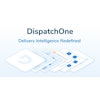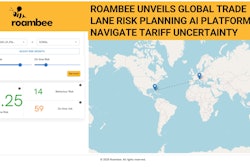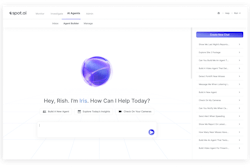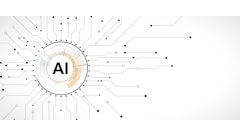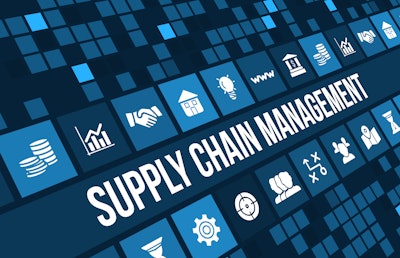
From shippers to carriers to brokerages, the businesses driving the supply chain and transportation industry forward today are those combining the right mix of people and technology to deliver exceptional value to their customers.
Artificial intelligence (AI) has become an increasingly critical part of that equation, and it’s only gaining momentum in logistics and beyond. However, in today’s competitive landscape, simply having tech is no longer a differentiator—it’s table stakes. As more businesses implement AI into their workflows, the real challenge is defining how you can fully leverage it to gain a competitive edge in the market.
So, how can AI remain a true differentiator for your business today and in the future? The answer lies in using it to unlock the full potential of your most valuable resource: Your people.
When implemented effectively, AI empowers teams to work with unprecedented levels of efficiency and innovation. However, achieving this requires more than just adopting the latest tools. It demands a clear strategy, intentional execution and a people-first approach.
Know your North Star
Determining the right strategy begins with identifying your organizational North Star. Without it, you risk chasing shiny solutions and getting nowhere. To find yours, think critically about not just your core offering but also the unique value it delivers to your customers.
For example, a freight brokerage’s core offering is securing capacity for shippers. But the true value to deliver includes benefits like exceptional service performance, strategic capacity solutions, problem-solving and ease of doing business. The more productive and efficient companies are in securing capacity, the more customers experience these benefits. That’s why productivity, efficiency and customer obsession are part of those North Stars.
Redefine high-value work
When you do the above well, your team should have significantly more free time. While that sounds good on paper, it can actually create anxiety among team members who fear automation may be replacing rather than helping them.
That’s why leadership must redefine what constitutes high-value work in this new environment and proactively communicate changing expectations to their teams. Specificity is key here. Rather than relying on vague or abstract goals like “building relationships,” provide your team with measurable, actionable objectives that they can actively work toward achieving.
For instance, if automation successfully frees up 20% of a sales representative’s time, leadership should set clear and specific expectations for how that additional time should be used to drive meaningful results. This could include improving customer engagement scores by 10% or increasing order volume by 15%. By reassessing performance metrics and proactively communicating these updated expectations, leaders can empower employees to make the most of their time and ensure a smooth and successful rollout.
Be strategic about “build vs. buy”
Another key to successful automation is deciding when to build a solution in-house or buy something off the shelf. The answer will depend on your company’s unique needs and resources, but a simple rule of thumb is to build the solutions that will differentiate your business. If your company is unlikely to continue investing in a particular workflow or if it isn’t a point of differentiation for your customers, consider opting for vendor solutions.
Start by evaluating the capabilities you’re looking for against considerations like speed-to-market and upfront and ongoing costs. For example, privacy is critical when designing systems to protect sensitive customer or internal data. If safeguarding specific data is a top priority, an in-house solution may be the better choice for workflows that touch this data, as it allows for greater control and alignment with your company’s identity.
On the other hand, if speed-to-market or minimizing upfront investment is more important, proven, scalable vendor technology may deliver faster results with lower initial costs. That said, remember that off-the-shelf AI solutions are built for broad use, meaning they won’t necessarily set you apart.
The future is still human
AI is a powerful tool, but it’s just that—a tool. While it can do wonders for the science of efficiency, it can’t replace the art of negotiation, critical thinking and personalized service. That’s why businesses that use AI to free up their teams to focus on delivering a human-centered experience that builds loyalty will thrive in years ahead. Because the best AI strategies don’t replace people—they amplify their impact.

